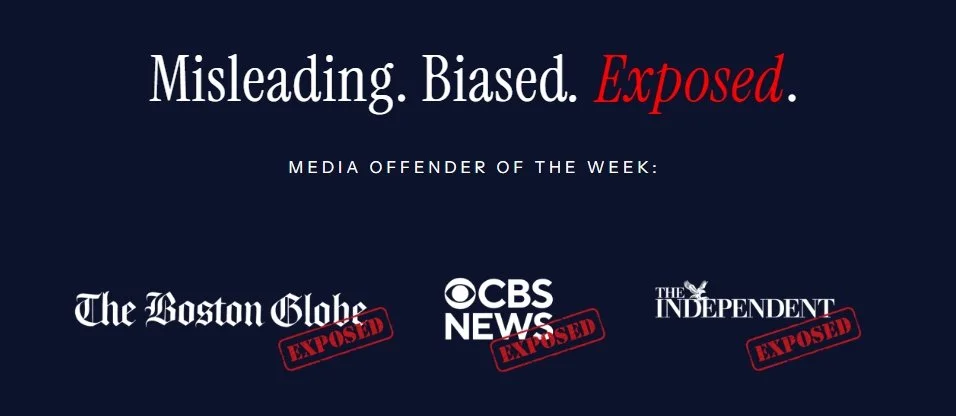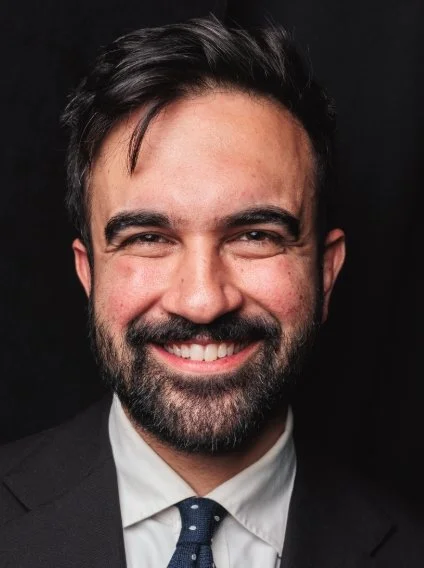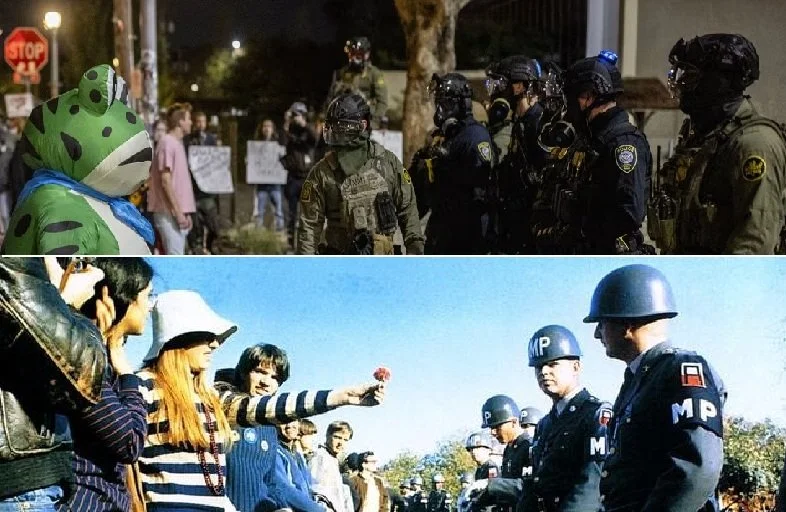What We Ignore While We Wait for the Client List
I. Introduction: The Obsession With the “Client List”
In the sprawling, labyrinthine narrative of the Jeffrey Epstein scandal, few phrases have captured the public imagination with the same fervent intensity as "the client list." It has become a cultural touchstone, a whispered promise of ultimate revelation, framed as the singular, secret key that will finally unlock the full horror of Epstein’s vast criminal enterprise. For years, the collective consciousness has clung to the notion that this elusive document—a ledger, a database, a handwritten scroll of names—represents the final, irrefutable piece of evidence. It is imagined as the definitive "smoking gun," the objective truth that will cut through the fog of speculation, expose the powerful, and deliver a clean, undeniable verdict on culpability. The psychological allure of such a list is profound: it offers the tantalizing prospect of certainty in a morally ambiguous world, a clear delineation between victim and perpetrator, innocent and complicit. It promises a tangible, quantifiable answer, a neat resolution to a deeply disturbing and complex problem.
This cultural fixation taps into a deep-seated human desire for order, for a clear narrative, and for the kind of objective proof that we often perceive as superior to subjective experience. We are, as a society, conditioned to trust documents, data, and official records over the often-messy, emotionally charged accounts of individuals, particularly those who have experienced trauma. The "list" becomes a symbol of ultimate transparency, a magical artifact that, once unearthed, will compel universal acknowledgment and action.
But what if the evidence has already been here, for years—spoken by survivors? What if our collective gaze, fixed on the horizon for a document, has blinded us to the profound, consistent, and devastating testimony that has long been available? The uncomfortable truth, often overlooked in the clamor for the next leak, is encapsulated in a stark, challenging statement: “We wouldn’t need to wait for the list if we just believed women.” This essay will argue that the true failure in the Epstein case, and in countless others, lies not in a deficit of information, but in a profound, systemic, and psychologically entrenched deficit of belief.
🔑 Key Points
Society seeks objective evidence like documents, avoiding the discomfort of subjective but credible survivor testimony.
Women bravely came forward with consistent, detailed accounts long before official records surfaced.
Psychological biases led to skepticism, victim-blaming, and public discrediting of survivors.
Our obsession with leaked documents delays justice and absolves us from moral responsibility.
Institutions minimized survivor stories, protecting the powerful through neglect and fear.
Objective data helps, but demanding it as a precondition for belief revictimizes survivors.
Listening with empathy and discernment is its own form of investigative rigor.
The real failure was a lack of belief, not a lack of data. Listening is the first act of justice.
II. Survivor Testimony Was Always the First Evidence
Long before flight logs became public, before sealed court documents were partially unsealed, and certainly before any mythical "client list" entered the mainstream lexicon, the primary evidence of Jeffrey Epstein’s horrific crimes was already present: the voices of his survivors. Women like Virginia Giuffre, Sarah Ransome, Maria Farmer, and many others bravely stepped forward, often at immense personal risk, to share their harrowing accounts. They testified, went on the record, and gave strikingly consistent accounts of abuse, sexual exploitation, and systematic trafficking, explicitly naming high-profile men who participated in or facilitated these crimes. Their stories were detailed, often excruciatingly so, providing a vivid mosaic of a predatory network operating with impunity.
Yet, for years, these women were met not with immediate belief and action, but with skepticism, vilification, or outright dismissal. Psychologically, this societal response is rooted in several pervasive biases. The "just-world hypothesis" leads many to believe that people get what they deserve, making it uncomfortable to accept that innocent individuals can suffer profound injustice. Blaming the victim, therefore, becomes a defense mechanism, allowing individuals to maintain their belief in a predictable, fair world. Furthermore, "cognitive dissonance" arises when new information (the survivors' claims) clashes with existing beliefs (that powerful, respected men are inherently good or incapable of such depravity). To resolve this discomfort, it is often easier to discredit the source of the dissonant information—the victim—than to alter one's deeply held beliefs about power and status.
Their accounts were questioned, their characters assassinated, and their motives impugned. They were labeled as opportunists, fantasists, or unreliable witnesses. It was only when external documentation—flight logs corroborating travel, lawsuits filed, or photographs surfacing—began to surface that their claims were grudgingly granted a veneer of "credibility." This pattern highlights a critical societal flaw: our failure wasn’t a lack of data. It was a profound, deeply ingrained lack of belief in the lived experience and testimony of women. We demanded external, "objective" validation for subjective truths that were already screaming for attention.
III. The Myth of the Smoking Gun
The cultural obsession with "the client list" embodies a pervasive myth: the belief in a singular, definitive "smoking gun" that will unequivocally prove guilt and trigger justice. This relentless search for leaks, files, and "gotcha" evidence, while seemingly driven by a desire for truth, often serves as a profound distraction from the uncomfortable truths that survivors have already revealed. It represents a psychological crutch, a way for society to defer its moral responsibility by outsourcing the burden of proof to an inanimate object.
The allure of the "smoking gun" is tied to several cognitive biases. The "availability heuristic" makes us overestimate the likelihood or importance of dramatic, easily recalled events, like a grand reveal of a secret list, over the slow, difficult process of listening to and validating individual testimonies. We crave simplicity and certainty in complex situations, and a list promises a clear-cut answer, avoiding the messy ambiguities of human experience.
Moreover, the desire for a document allows for a degree of emotional detachment. Reading a file feels passive and safe; it’s an intellectual exercise. Believing women, however, forces a profound moral responsibility. It demands empathy, confronting the horrific reality of their trauma, and acknowledging the complicity of powerful individuals and systems. This confrontation is emotionally taxing and morally challenging. If we believe survivors, we are then compelled to act, to dismantle the structures that enabled such abuse, and to hold powerful figures accountable. This is a far more demanding psychological and social undertaking than simply waiting for a spreadsheet to appear. The "list" thus becomes a convenient deferral, a way to maintain a comfortable distance from the painful implications of the truth already spoken. It allows society to remain a passive observer, rather than an active participant in seeking justice.
IV. Media and Legal System Failures
The pervasive disbelief in survivor testimony was not merely a societal oversight; it was systematically reinforced by the very institutions designed to inform and protect. Major media outlets, for years, either ignored or significantly downplayed the stories of Epstein’s victims. Despite consistent, detailed accounts emerging from brave women, their narratives were often relegated to the fringes, buried in obscure reports, or framed with cautious skepticism. This media failure can be attributed to several factors, including the "halo effect," where the high status and perceived respectability of Epstein and his associates created a bias that made their alleged crimes seem less plausible. Furthermore, fear of powerful individuals and their legal teams, coupled with a potential lack of resources or investigative will, contributed to a climate where survivor voices struggled to gain traction. The media, acting as a gatekeeper of public information, inadvertently reinforced the narrative of disbelief by failing to amplify these critical accounts.
The legal system, ostensibly the ultimate arbiter of justice, exhibited even more egregious failures. Jeffrey Epstein, despite a growing chorus of accusers and mounting evidence, repeatedly received sweetheart deals. The most infamous, a non-prosecution agreement in 2007, allowed him to plead guilty to state charges while avoiding federal prosecution, effectively shielding him and his co-conspirators from more severe consequences. This outcome, even with accusers explicitly on record, demonstrates a profound institutional bias. Psychologically, this reflects the "groupthink" phenomenon within powerful institutions, where a desire for harmony or deference to authority can override ethical considerations and critical judgment. The system, designed to protect, instead protected the powerful.
High-powered lawyers, operating within this flawed system, actively worked to discredit victims publicly. They employed tactics of gaslighting, character assassination, and exploiting societal biases against survivors of sexual abuse. These legal maneuvers, while often framed as legitimate defense strategies, had a devastating psychological impact on the victims, leading to secondary trauma, feelings of isolation, and a profound erosion of trust in the justice system. The painful consistency of the victims' accounts was systematically undermined, not by counter-evidence, but by the sheer force of institutional power and the deliberate weaponization of societal skepticism. The combined failures of media and law created an environment where the truth, spoken by those who lived it, was systematically silenced and invalidated.
V. Forensic Evidence Is Important—but It’s Not Everything
In the pursuit of justice, forensic evidence undeniably plays a crucial role. Our own amateur work in forensic video analysis, for instance, involved meticulously examining digital artifacts, scrutinizing metadata, and identifying anomalies that can corroborate or challenge narratives. This kind of technical analysis can reveal critical details, expose manipulations, and provide objective data points that are invaluable in legal proceedings. It offers a sense of scientific rigor and objectivity, which is highly valued in a society that often distrusts subjective accounts. Our video analysis, for example, has revealed anomalies in certain visual records related to the Epstein case that certainly deserve attention and further investigation. It can provide a powerful, independent layer of corroboration.
However, it is imperative to acknowledge the limitations of forensic evidence and, more critically, to challenge the societal tendency to make it a prerequisite for belief. The profound danger lies in the implicit message that a woman’s truth is only valid if it can be verified by a timestamp, a data log, or a chemical trace. This creates an impossible standard, particularly for survivors of abuse, whose experiences often occur in secret, leaving few tangible artifacts.
The reliance on forensic data as the sole arbiter of truth can become another psychological crutch, allowing society to avoid the uncomfortable ethical imperative of simply listening to and believing human testimony. It allows for a detached, intellectual engagement with the facts, rather than an empathetic, morally engaged response to human suffering. While our video analysis reveals anomalies that deserve attention, believing women should never depend on ffprobe logs or missing frames. The absence of forensic evidence does not equate to the absence of truth, especially when patterns of abuse are consistent across multiple, independent accounts. To demand such evidence as a precondition for belief is to revictimize survivors, forcing them to prove their trauma through external means, rather than trusting their inherent right to be heard and believed.
VI. The Power of Belief, and What It Costs
The collective failure to believe women, particularly in cases of sexual abuse and trafficking, carries a devastatingly high cost, both for individual survivors and for society at large. The most immediate and profound consequence is years of inaction. When survivor testimonies are dismissed, the perpetrators are allowed to continue their harmful activities, perpetuating cycles of abuse and expanding their networks of victims. In Epstein’s case, the disbelief and systemic protection afforded him allowed his crimes to persist for decades, impacting countless more lives.
Beyond inaction, disbelief leads to profound revictimization. The psychological trauma of the original abuse is compounded by the experience of being disbelieved, gaslighted, blamed, and publicly scrutinized. Survivors often internalize the societal skepticism, leading to feelings of shame, isolation, and self-doubt. This secondary trauma can be as damaging as the initial abuse, eroding trust in others, in institutions, and even in their own perceptions of reality. When society demands a "smoking gun" before acknowledging their pain, it effectively tells survivors that their lived experience is insufficient, their suffering invalid.
This systemic disbelief also entrenches a system that inherently protects the powerful. When the word of a high-status individual is implicitly given more weight than the consistent testimony of multiple victims, it sends a clear message that certain individuals are untouchable. This reinforces existing power imbalances and undermines the very foundations of justice. It creates a chilling effect, discouraging other survivors from coming forward, knowing they will likely face similar skepticism and character assassination.
The uncomfortable truth is that women were telling the truth long before there was metadata, flight logs, or sealed court records. Their consistent accounts, their shared experiences of trauma, and the patterns they described were, in themselves, a form of profound evidence. This leads to a crucial reframe: belief is not naive—it’s often more forensic than the forensics. True belief requires active listening, empathy, and the ability to discern patterns in human behavior and testimony. It involves recognizing the consistency in disparate accounts, understanding the psychological impact of trauma on memory and disclosure, and acknowledging the courage it takes to speak out against powerful adversaries. This deeper, human form of "forensics" often uncovers truths that technical data alone might miss or be used to obscure.
VII. Simply Put : What Justice Requires
The enduring cultural fixation on "the client list" serves as a powerful, albeit painful, metaphor for a deeper societal failing. It highlights our collective tendency to prioritize tangible, objective documents over the subjective, yet equally valid, testimony of human beings, particularly women who have experienced profound trauma. Returning to the core assertion, “We wouldn’t need to wait for the list if we just believed women,” encapsulates the fundamental shift in perspective required for true justice. This statement is not a dismissal of evidence, but a profound reordering of its hierarchy. It means that justice doesn’t begin with sealed files, leaked documents, or forensic reports; it begins, fundamentally, with listening. It starts with an unwavering commitment to hear, to validate, and to act upon the testimony of those who have been harmed, even when their stories are uncomfortable or implicate the powerful.
The Epstein scandal, in its horrifying scope, serves as a stark reminder that the most crucial evidence has often been available for years, whispered, shouted, and bravely articulated by survivors. Our failure was not a lack of data, but a lack of belief—a psychological and systemic resistance to accepting the truth when it came from the mouths of those we were conditioned to doubt.
To move forward, we must invite readers to shift their focus: not away from evidence, but toward those who have already given it—in the hardest way possible. This requires a profound psychological reorientation, moving from a passive, detached search for a "smoking gun" to an active, empathetic engagement with human suffering. It demands that we dismantle the biases that lead us to discredit victims, that we hold institutions accountable for their failures, and that we cultivate a culture where the word of a survivor is given the weight and respect it deserves. Only then can we truly begin the arduous work of achieving justice, not just for the victims of Jeffrey Epstein, but for all who have been silenced by disbelief.
References
Festinger, L. (1957). A theory of cognitive dissonance. Stanford University Press.
Kahneman, D. (2011). Thinking, fast and slow. Farrar, Straus and Giroux.
Lerner, M. J. (1980). The belief in a just world: A fundamental delusion. Plenum Press.
















